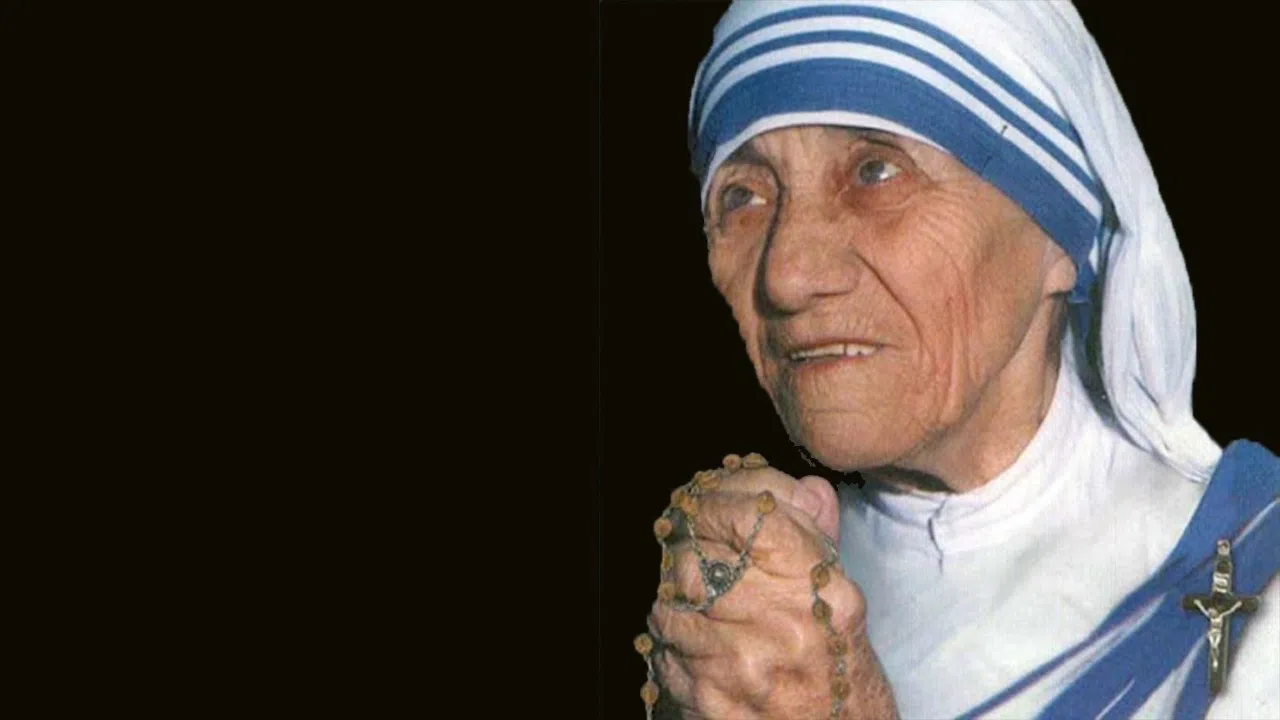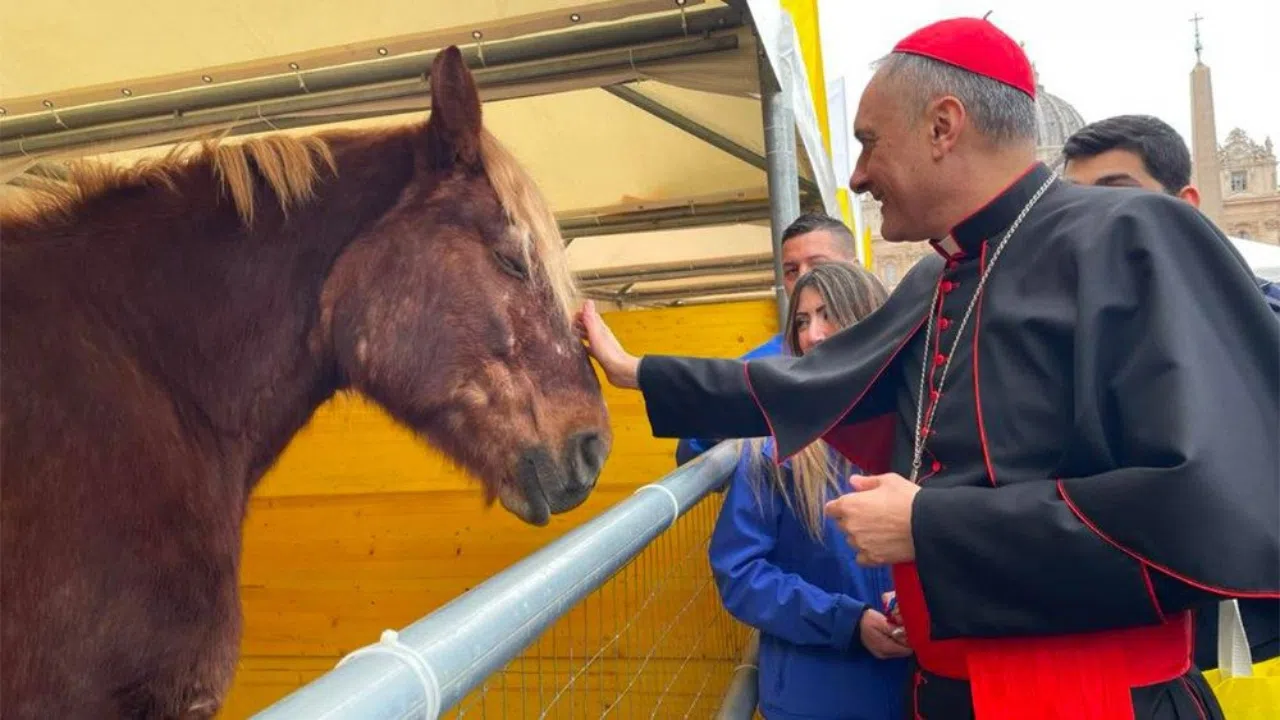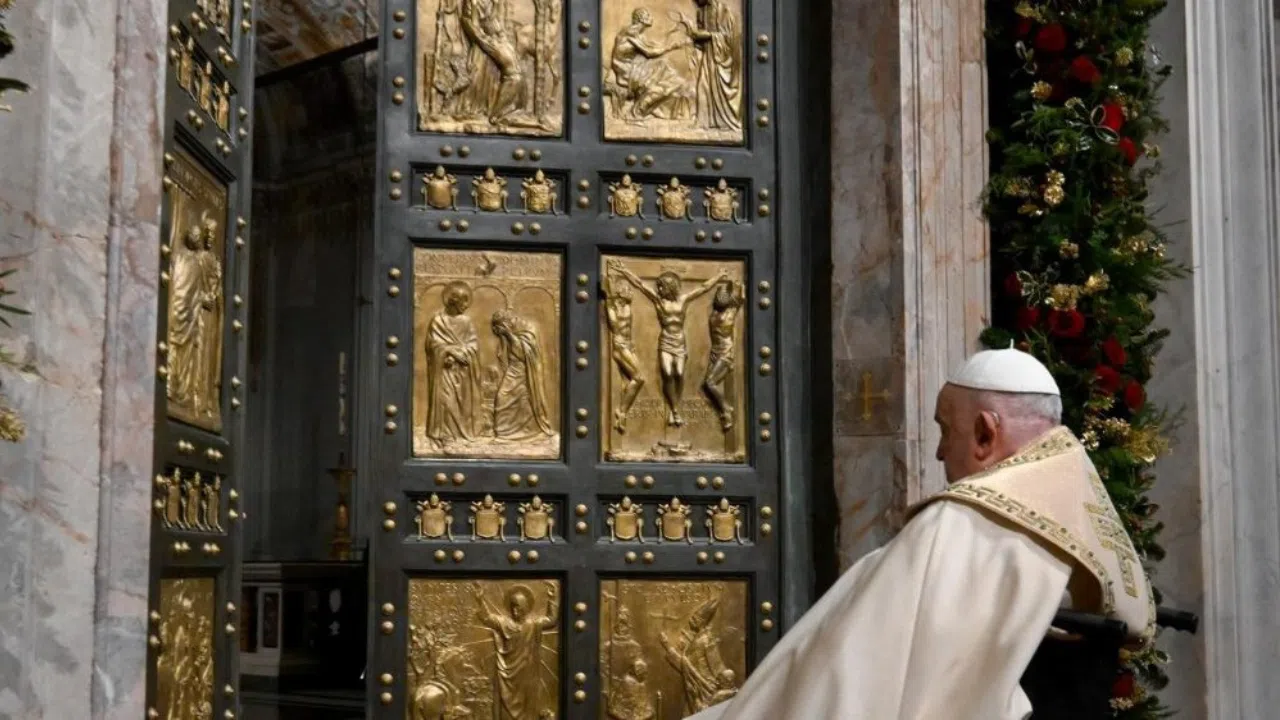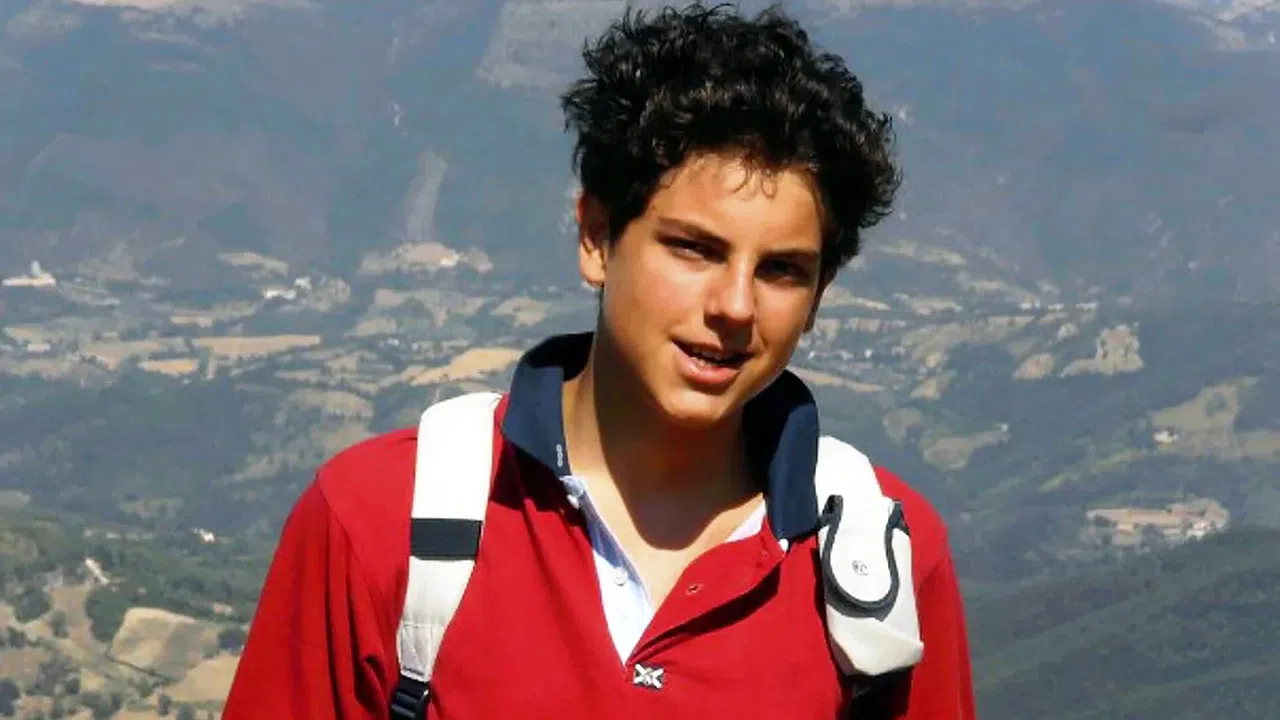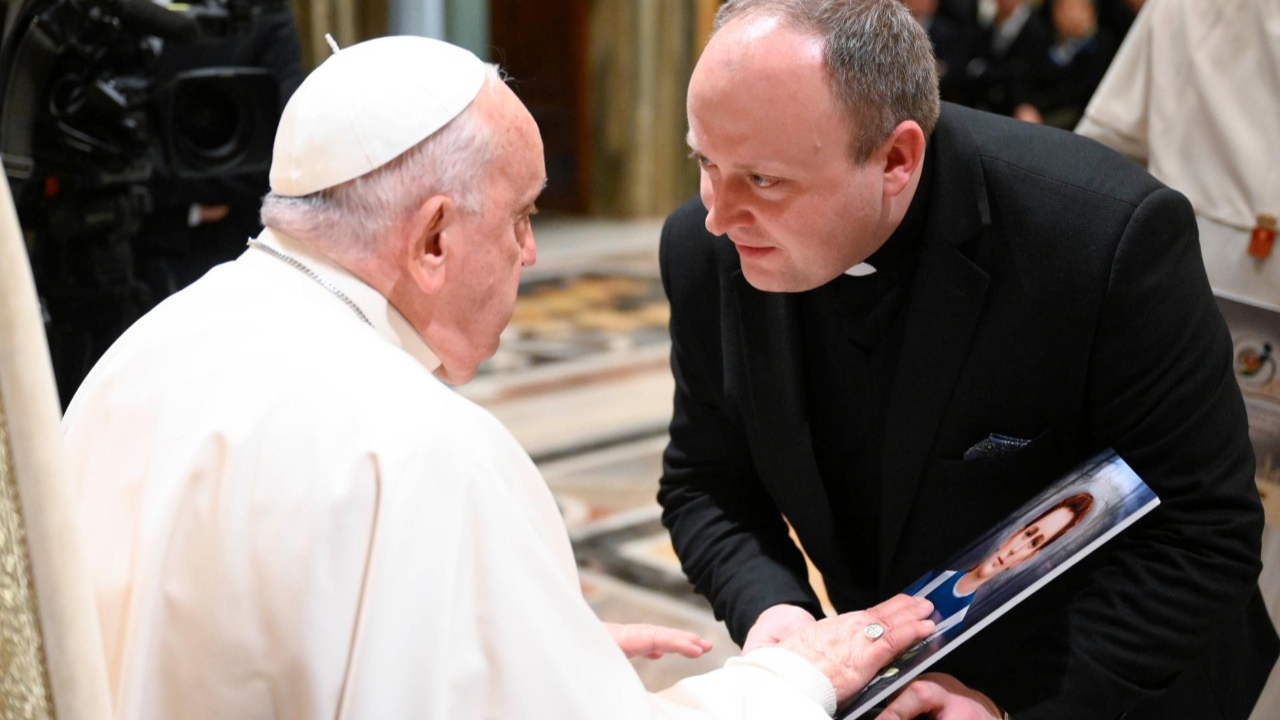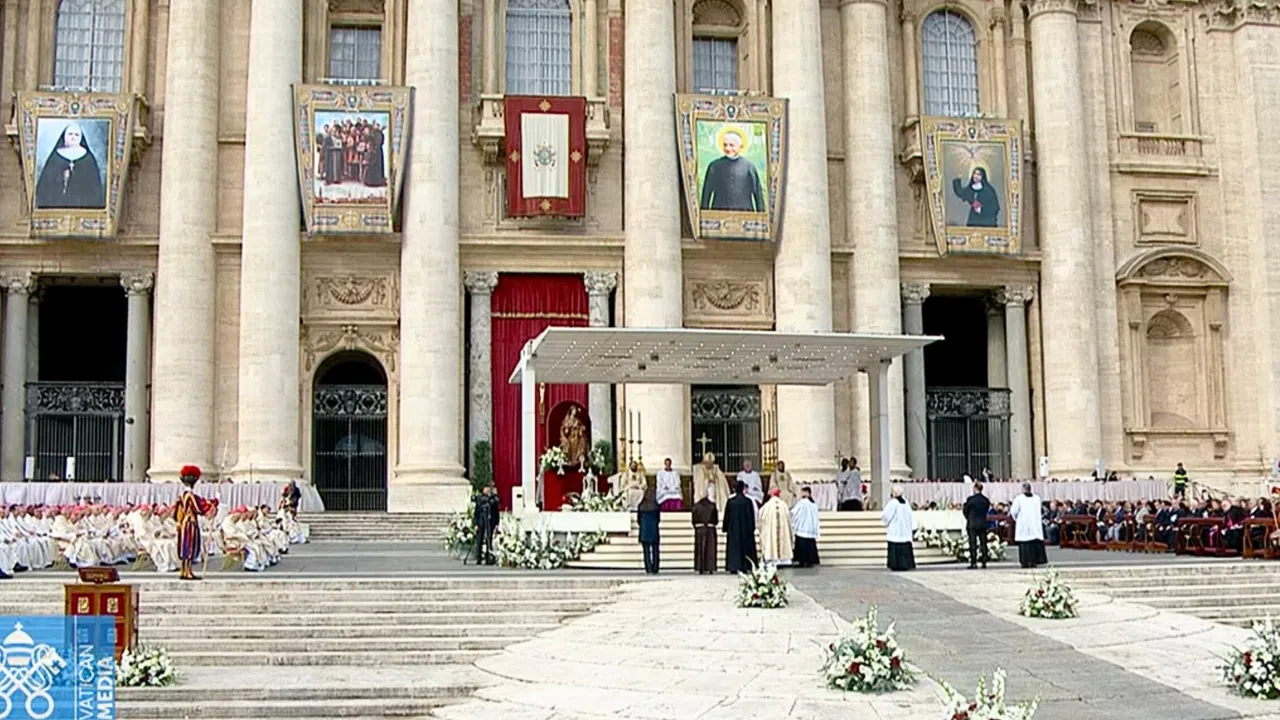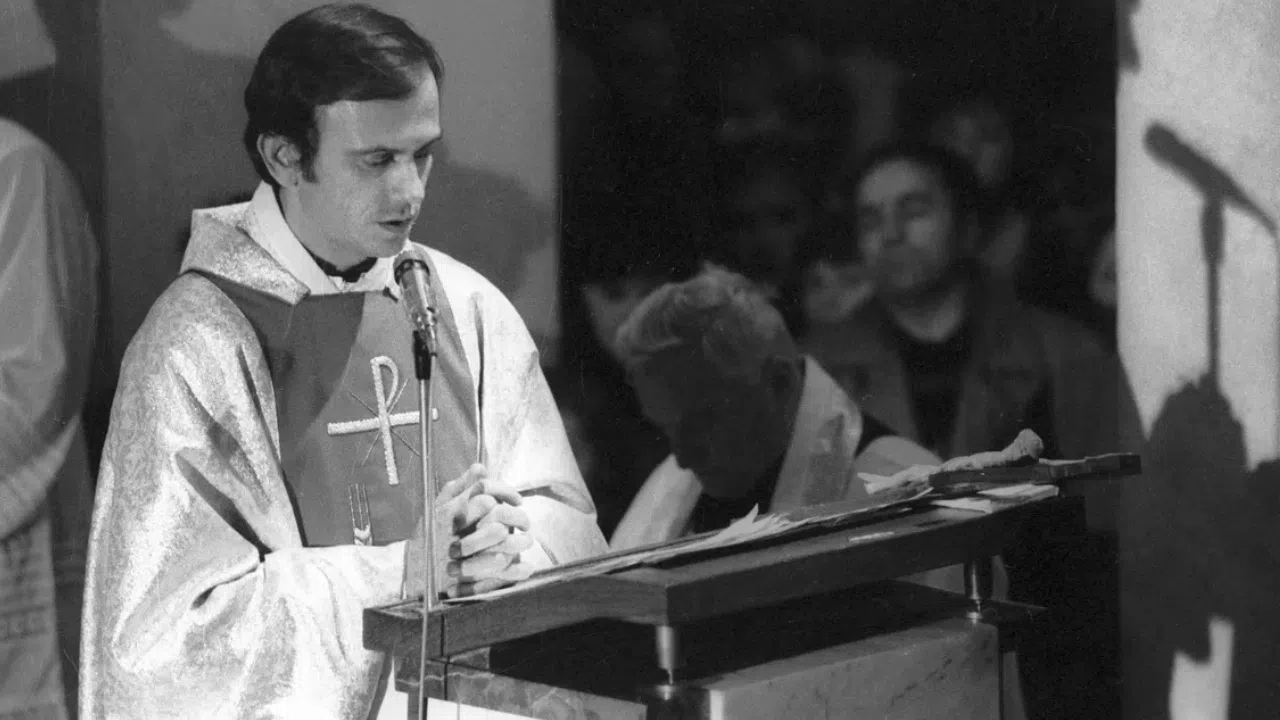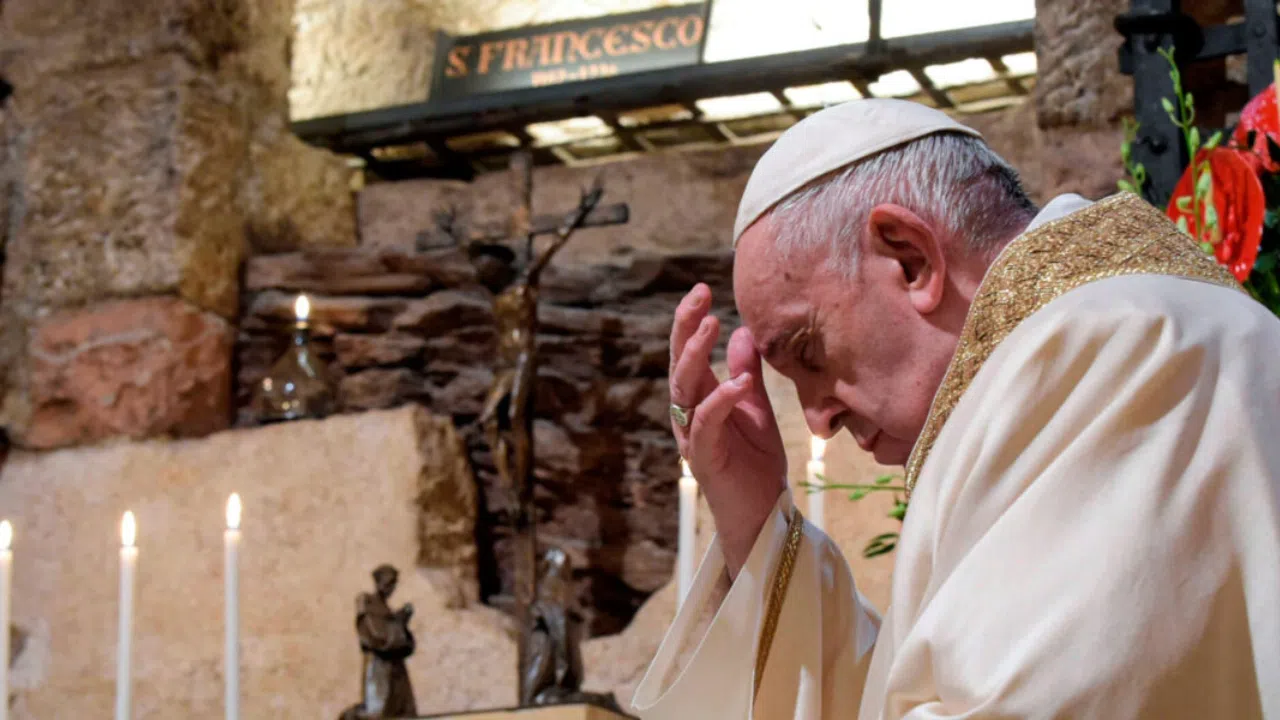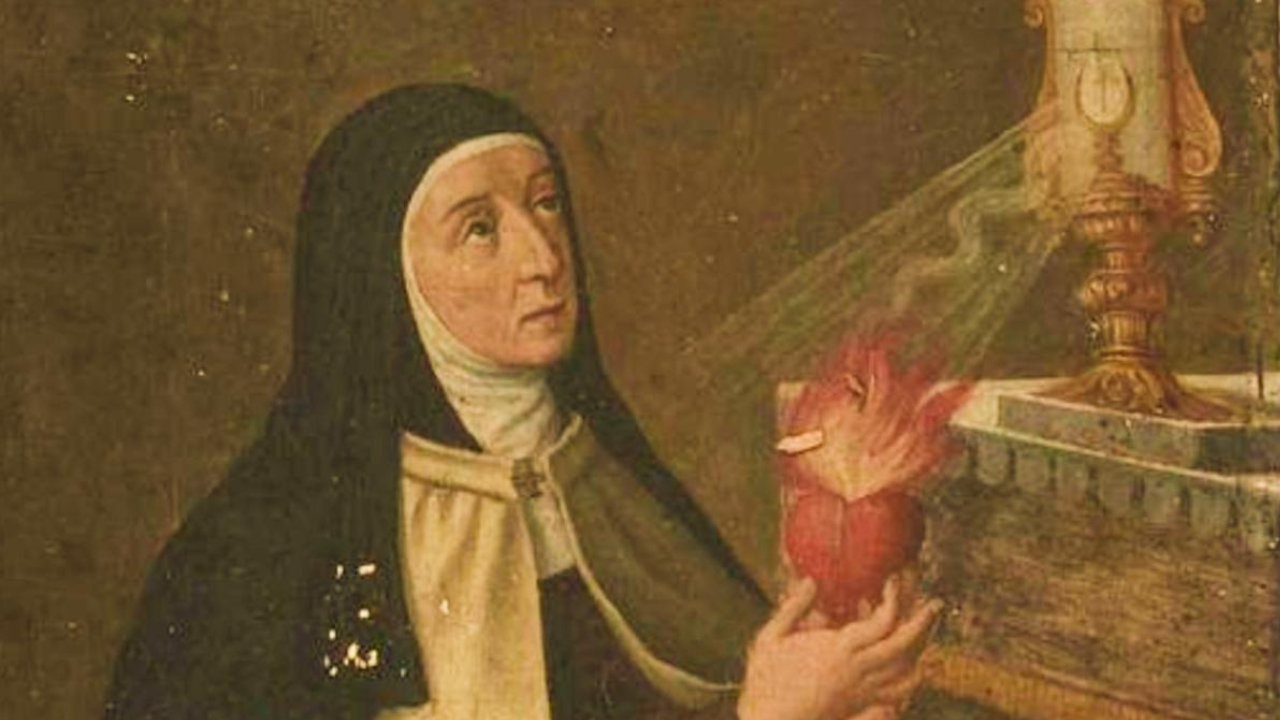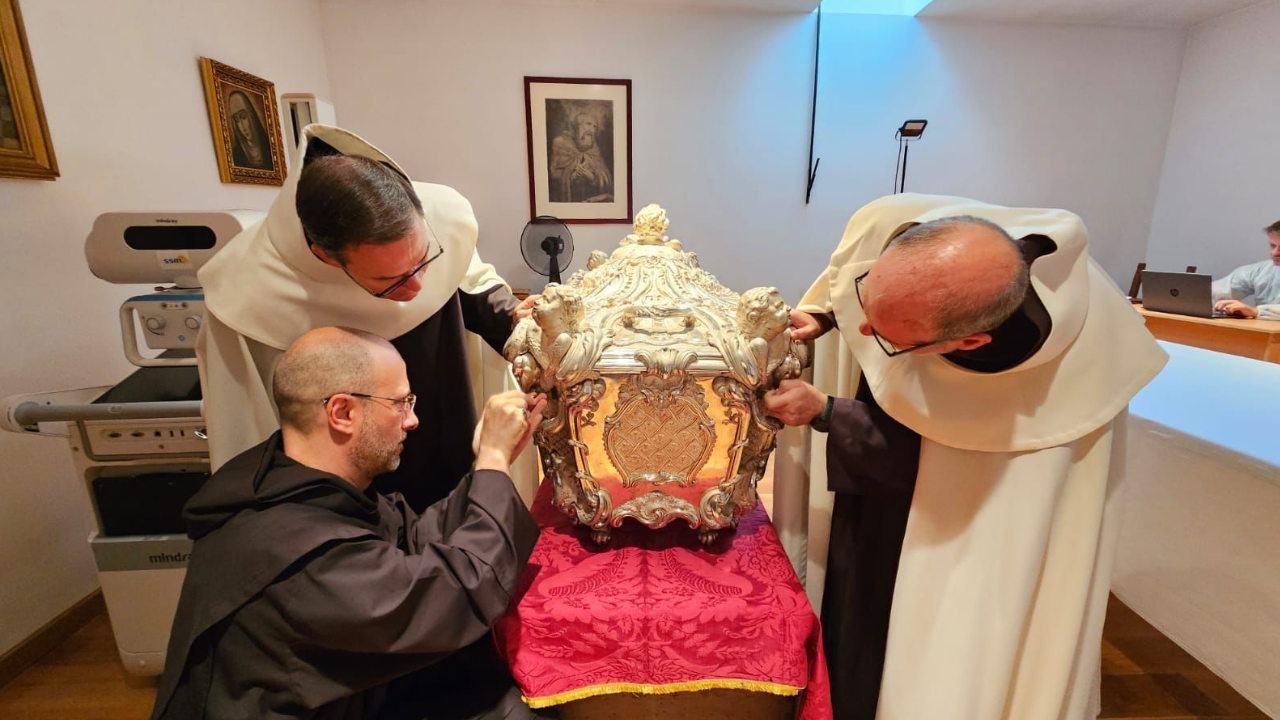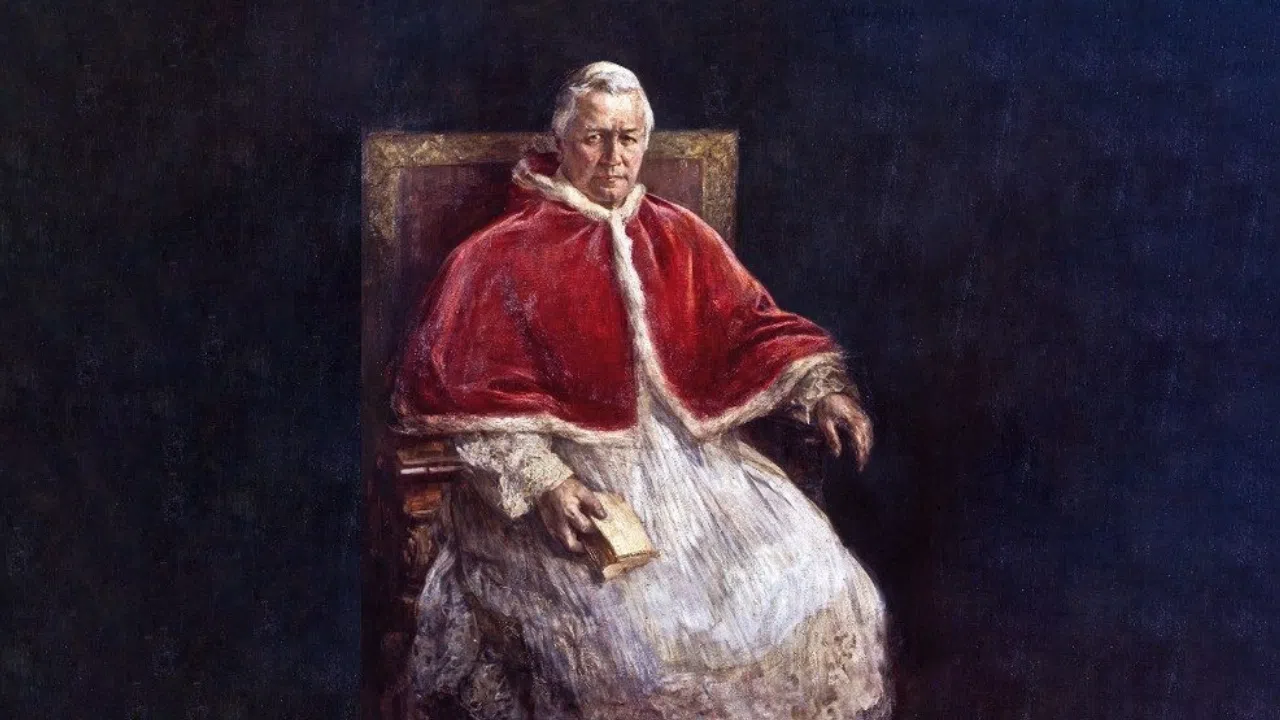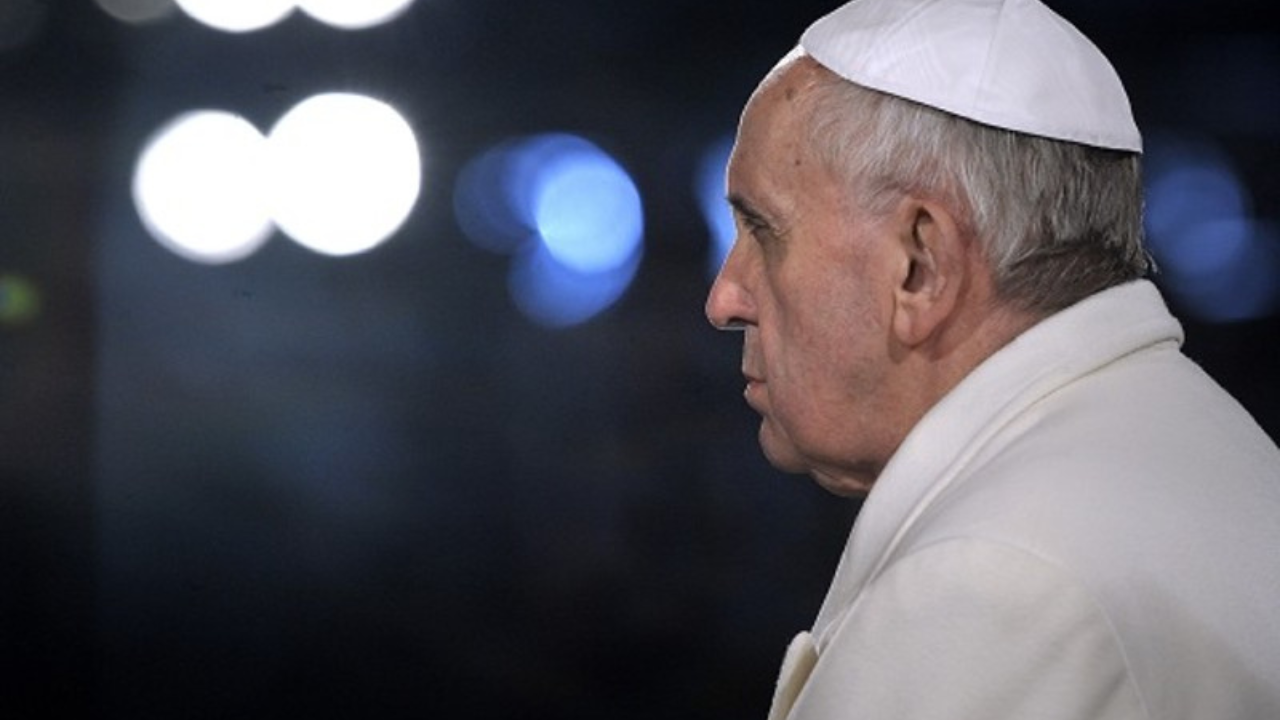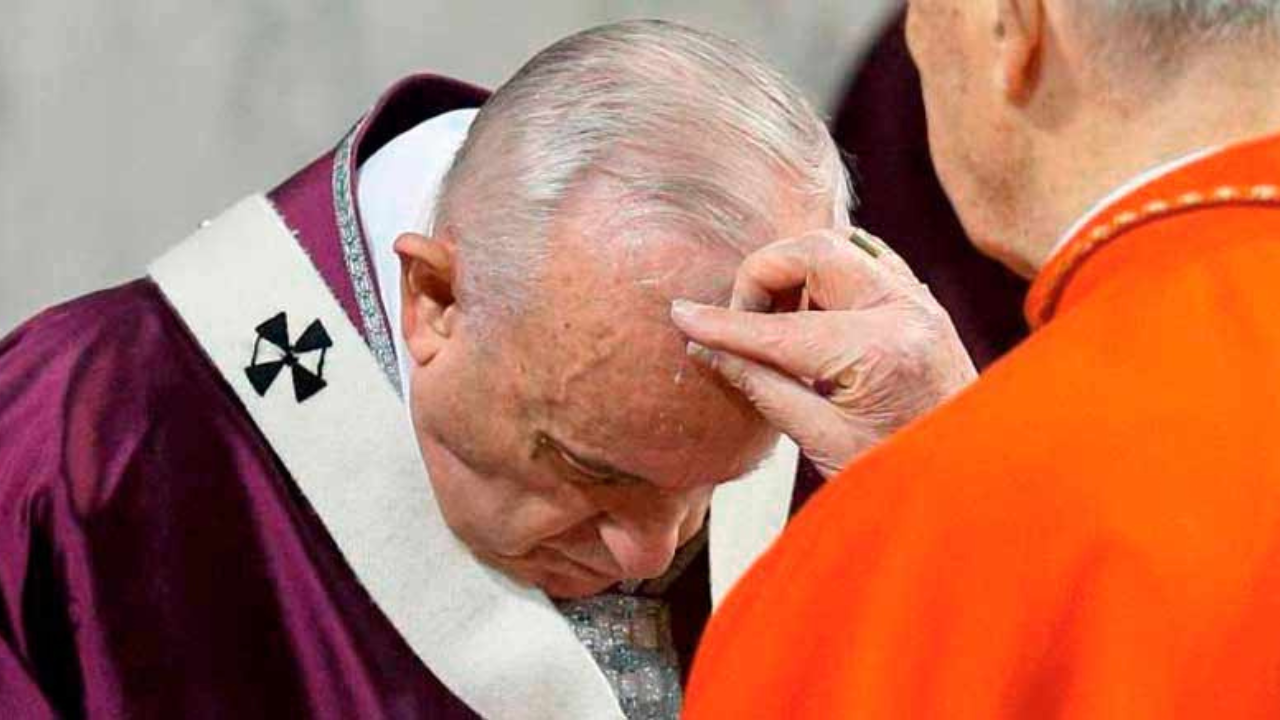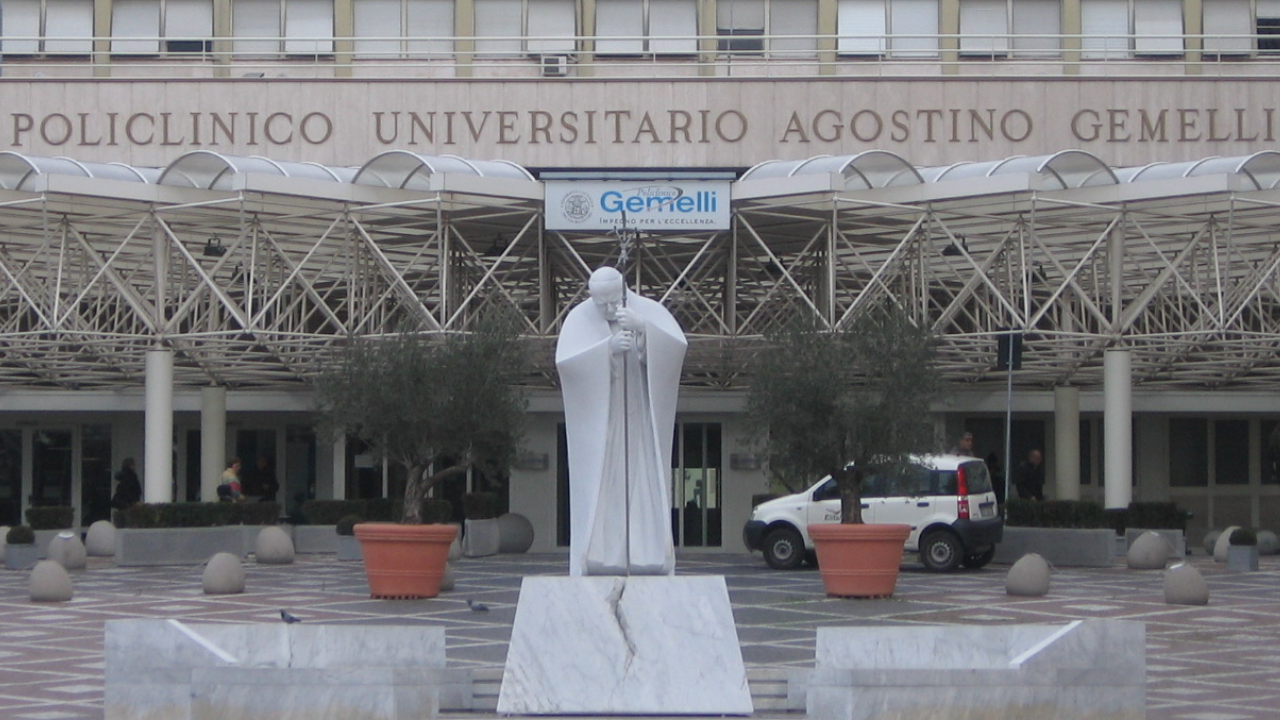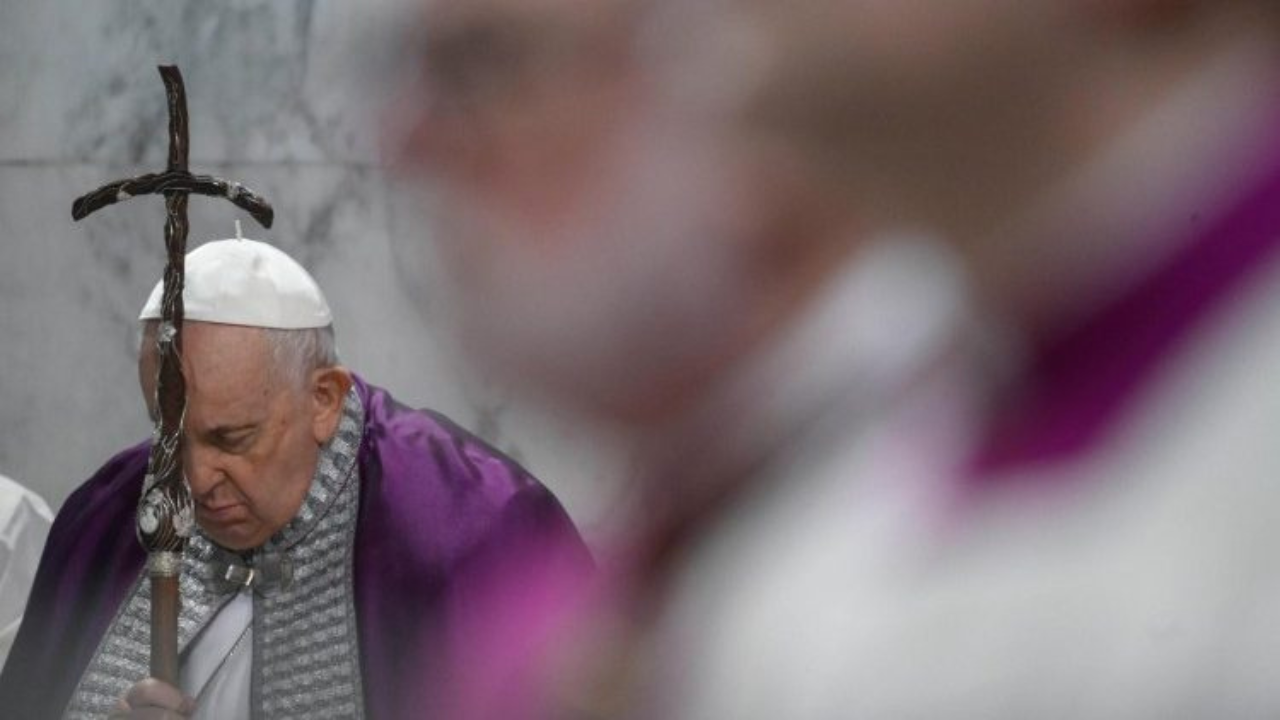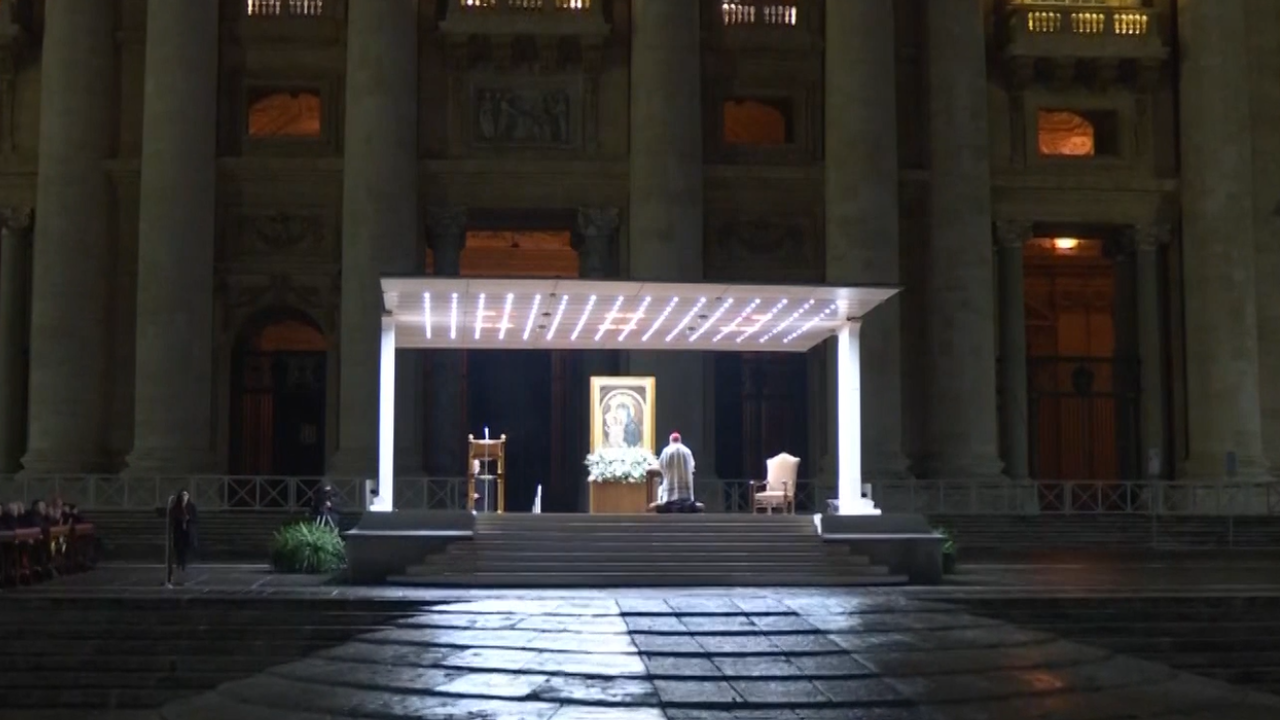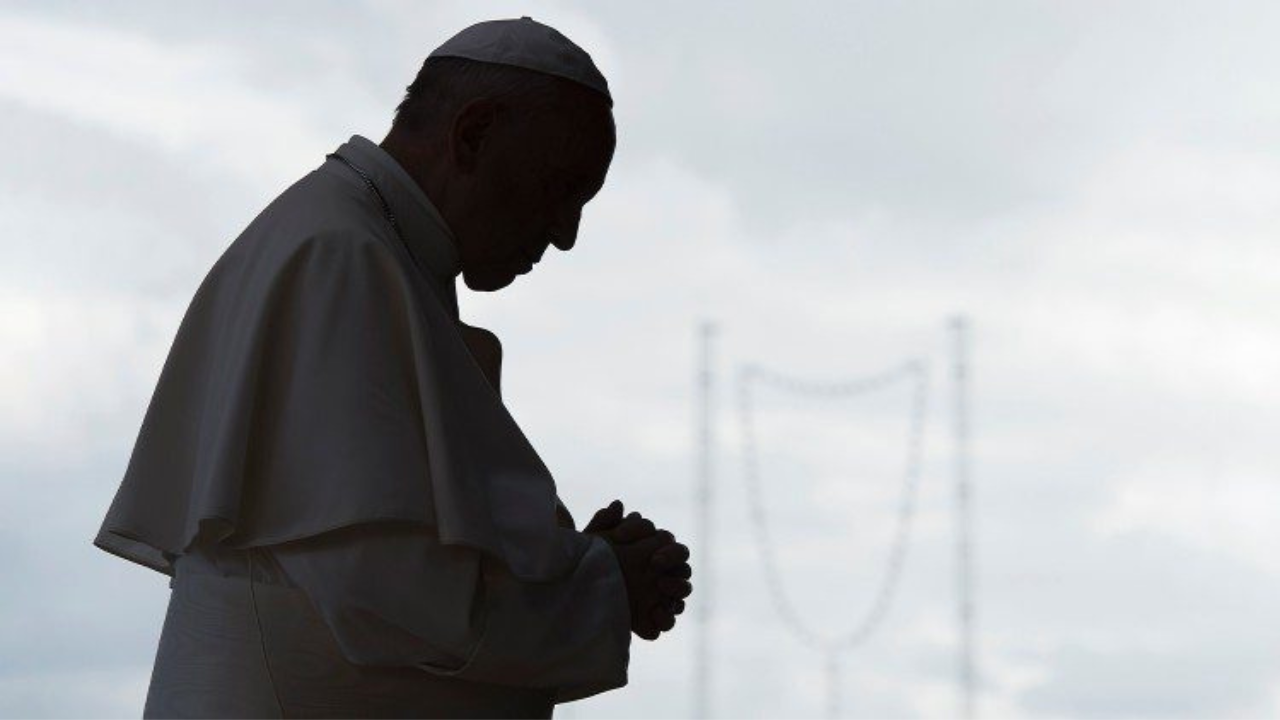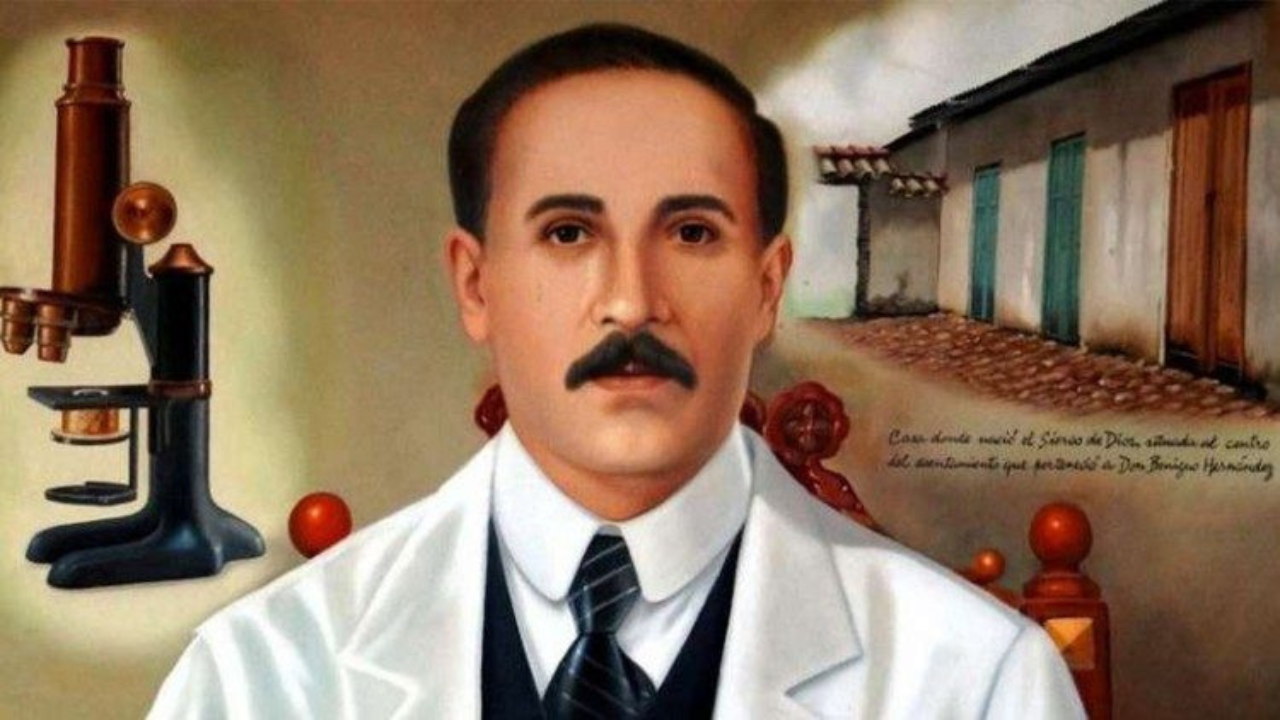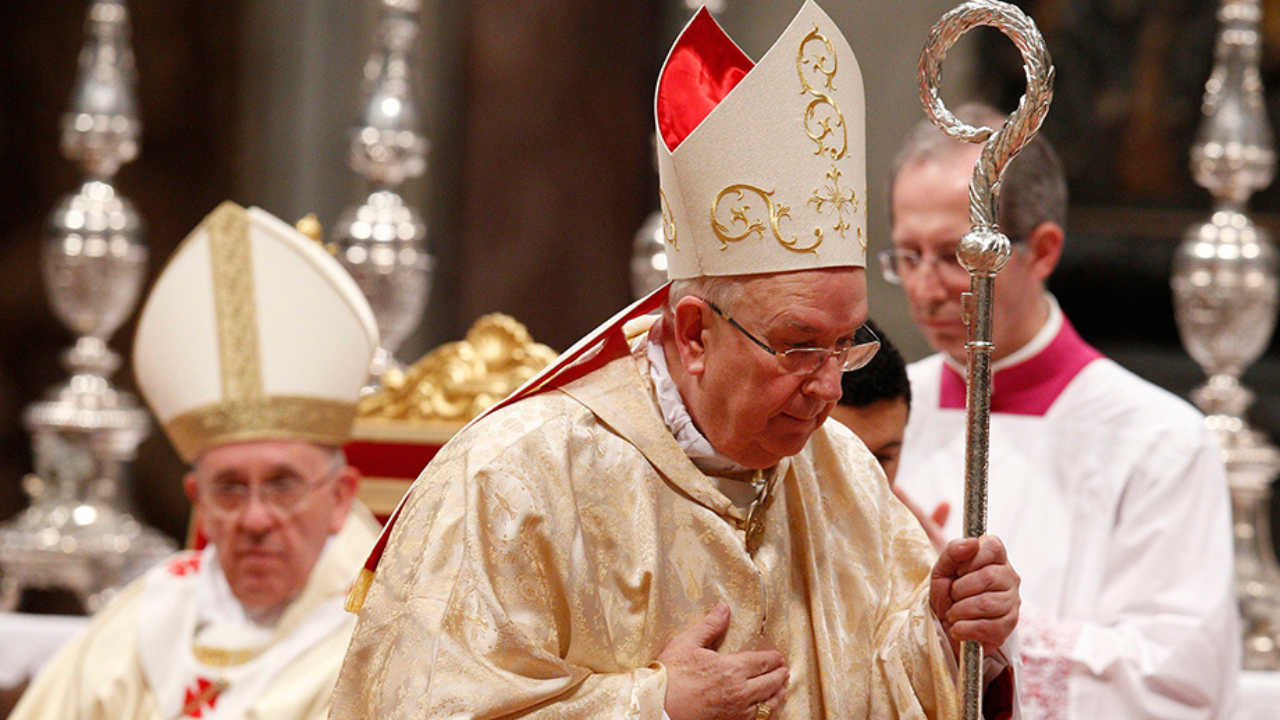The Catholic Church has about 10,000 saints and blesseds. Although this appears like a bulky number, the process of recognizing the sanctity of a person is not easy nor one the Church takes lightly.
The process of beatification and canonization takes years, even decades. In order to begin, a number of conditions must already exist.
FR. FRANCESCO RUSSO
Postulator
'The important thing is that when he or she was alive, there was already a fame of sanctity and this continues even after death. Also that after death, people ask the intercession of the candidate to obtain favors and graces from the Lord.'
With these testimonies, the bishop begins the process in the diocese where the requested candidate died. He is then responsible for submitting the request to the Congregation for the Causes of Saints.
FR. FRANCESCO RUSSO
Postulator
'Once this petition is filed, the Congregation responds. If they give a positive response, the Cause begins in the diocese calling on the most significant testimonies, those who knew him or her very well. Testimonies are collected both for and against the person, possibly because there are people who have something to say against the fame of sanctity of the person.'
From the beginning this is called the 'diocesan phase,' where the key figure in the process is the postulator.
FR. JOSE LUIS GUTIERREZ
Postulator
'The postulator is the person, lay person or priest who follows the development of the cause and the devotion of the specific candidate. They follow the development of the diocesan phase and they are the one who presents the list of texts for or against the person used in the process.'
Once the Congregation for the Causes of Saints checks that the document sent in by the diocese is correct, the 'Roman phase' begins.
FR. FRANCESCO RUSSO
Postulator
'When the cause comes to Rome, as there are many ongoing cases, if there is already a miracle that has been studied and presented regarding the candidate, this causes the Congregation to give them priority.'
When the cause arrives in Rome, the Congregation asks for a postulator who lives in the city to take the case. The postulator must then prove there has been a miracle through the intercession of the candidate.
The miracle is often the cure of a disease, so the Vatican investigates if it is complete, scientifically inexplicable and permanent. A medical commission, consisting of up to 50 doctors, study these miracles to make sure they meet these characteristics.
The bishops and cardinals of the Congregation must then give a positive verdict on the miracle; and the prefect makes a decree which will be confirmed by the Pope. When Pope approves, a date can be set for the beatification.
That is when the anticipated moment arrives...
The final step before canonization is proof of still another miracle, performed after the beatification and obviously attributed to the intercession of the new Blessed.
